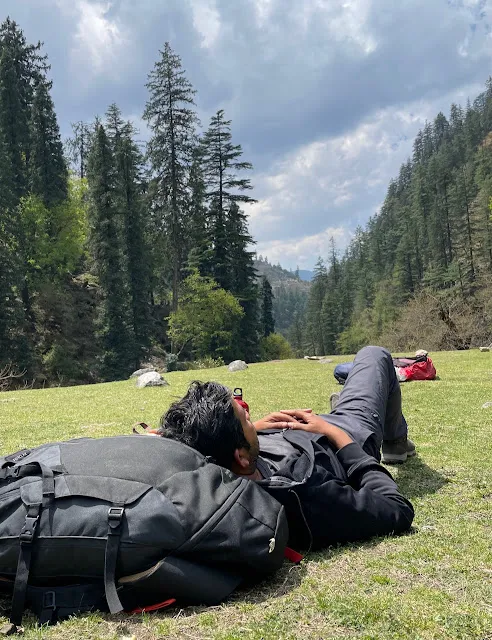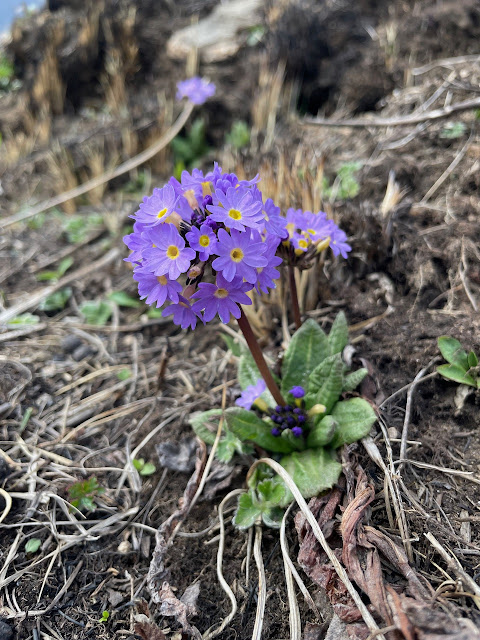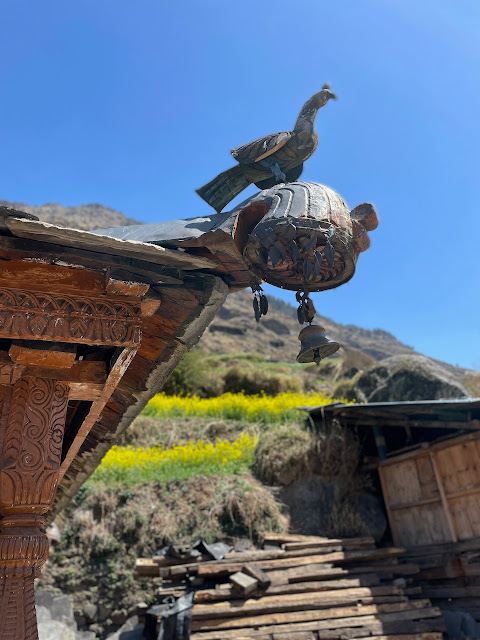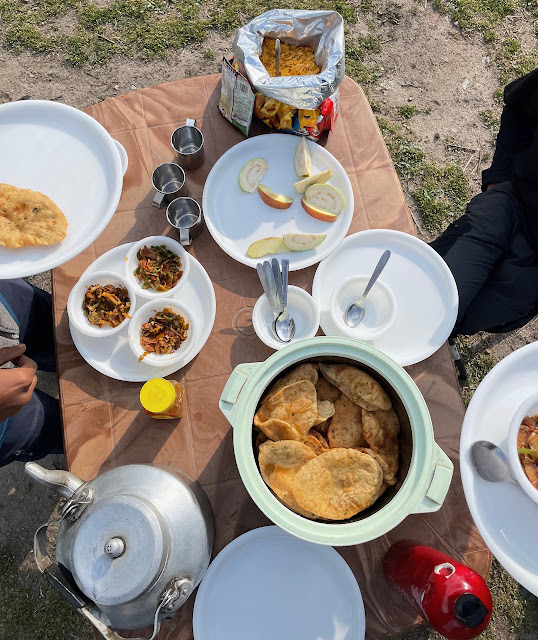Har ki Dun: Walking Through the Valley of Legends

Few treks in the Himalayas carry the weight of legend like Har ki Dun. Known as the “Valley of Gods,” this timeless trail is believed to have been the very path taken by the Pandavas on their final journey to heaven. As you step into its vast meadows and pine forests, it feels less like a trek and more like a story unfolding—one where nature, mythology, and culture blend seamlessly.
A Valley That Changes With Every Season

Har ki Dun is never the same twice. In spring, wildflowers bloom across rolling meadows, filling the air with color. Summer brings lush green valleys where sparkling streams crisscross under clear skies. Come autumn, the valley transforms into a painter’s dream—golden forests, crisp air, and uninterrupted views of Swargarohini peaks. And in winter, Har ki Dun becomes a snow globe, where soft trails lead to a world wrapped in white silence.
Each season tells its own story, and that is the beauty of this trek—it’s not just a journey, it’s an experience worth revisiting.
The Living Villages of the Himalayas

On the way to Har ki Dun, the trail winds through Osla and Seema, villages that feel like living museums. Wooden houses with intricate carvings, age-old temples, and stories passed down for centuries greet you at every turn. Villagers still follow traditions that connect them deeply to the land, offering trekkers not just scenic beauty but also cultural encounters that are increasingly rare in today’s world.
It is this blend of human warmth and natural grandeur that makes Har ki Dun unforgettable.
